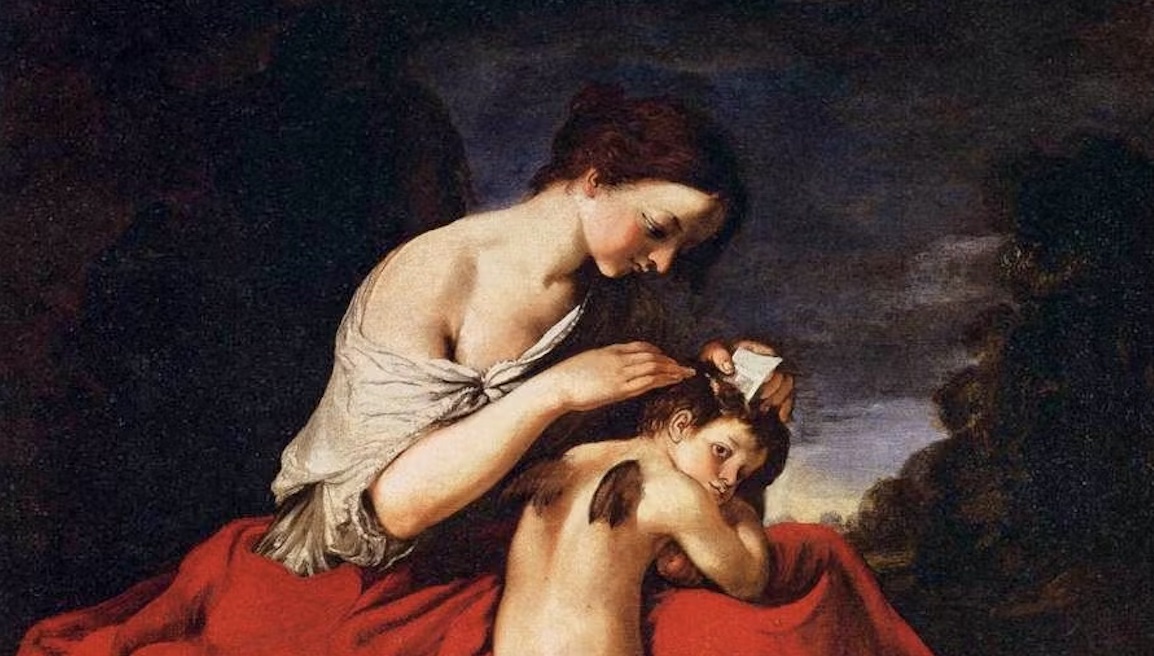
Art and love in museums of Florence
A museum itinerary to discover paintings and frescoes on love.


Instead, it is in the Hall of Ulysses “Amore Vincitore” by Orazio Riminaldi (Pisa 1593-1630). The canvas belonged to the collection of Grand Prince Ferdinando de' Medici and probably came from the group of works left to Orazio's brother after his death. The subject of the work is commonly identified as "Love conquering the arts", but in the Medici inventories of the end of the seventeenth century it is described as "Love dominating everything" or "The genius of virtue". The painting is inspired by the Virgilian concept Omnia vincit amor and finds an illustrious precedent in the work with the same theme created by Caravaggio for the Marquis Giustiniani.



Also, don't miss the exhibitions in Florence, they are full of love!






 All the services are provided by local merchants
All the services are provided by local merchants By using this site you support Florence
By using this site you support Florence We offer products with high-quality standards
We offer products with high-quality standards You stay sustainable
You stay sustainable It's a 100% trustworthy website
It's a 100% trustworthy website